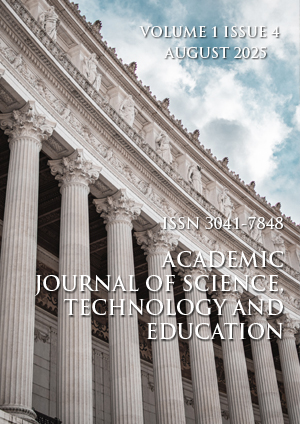Abstract
Tooth discoloration is a common aesthetic concern that can result from intrinsic and extrinsic factors, including dietary habits, smoking, aging, medication use, and enamel defects. Advances in dental science have led to the development of various tooth whitening methods, which can be broadly classified into physical and chemical techniques. Physical whitening methods, such as abrasive polishing, micro-abrasion, and ultrasonic scaling, aim to mechanically remove extrinsic stains from the enamel surface. Chemical whitening, on the other hand, relies on oxidation-reduction reactions, primarily using hydrogen peroxide or carbamide peroxide, to lighten tooth color by breaking down chromogenic molecules within the enamel and dentin. This review systematically examines and compares physical and chemical tooth whitening approaches in terms of efficacy, safety, longevity of results, and patient satisfaction. Special emphasis is placed on the mechanisms of action, potential side effects, and clinical protocols recommended in evidence-based dentistry. The findings suggest that while chemical methods provide more significant and long-lasting whitening, physical methods remain valuable for immediate stain removal and enamel polishing. The integration of both approaches in a personalized treatment plan may yield optimal aesthetic outcomes while preserving oral health.
This work is licensed under a Creative Commons Attribution 4.0 International License.
